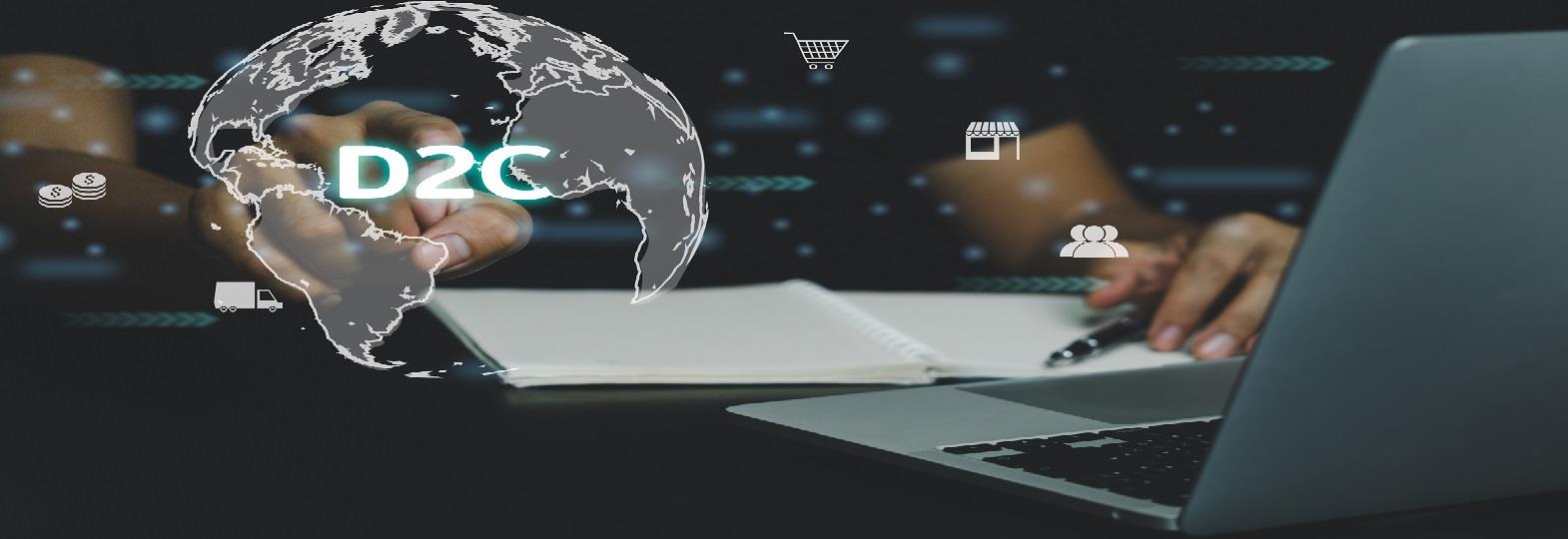With the ever-growing expansion of direct-to-consumer (D2C) brands in India, one begs to question what their secret to success is. Some say it is their meticulous attention to customer experience. While others believe it is their proven track record of fulfilling customers’ delivery expectations right on time.
While they are right in their assessment, there is a growing concern amongst logistics experts that stealthily rising shipping/delivery costs can shake this equilibrium. The aftereffects of the belated pandemic, compounded with global inflation, have contributed to a supply chain halt and a rise in first to last mile fulfilment costs and carrier surcharges.
On the other hand, there is mounting pressure on D2C brands to increase margins to improve unit economics while maintaining the balance in customer satisfaction. Therefore, it is time to understand the dynamics of shipping costs and how to regulate them.
Current Customer Expectations from D2C Shipping
Free and fast shipping continues to influence a customer’s purchasing decision with a D2C brand. However, research shows some consumers are willing to make a trade-off between free shipping and fast deliveries.1
• Consumers of online beauty and personal care products, apparel, and electronics are amenable to standard deliveries that range between 3 to 7 business days if it means free shipping.
• On the other hand, the millennials and Gen Z urban consumers are willing to pay extra fees to receive products with the famed same-day delivery service.
D2C can therefore choose to offer free deliveries to retain customer loyalty by offsetting the cost from their own pockets, absorb it in their product prices, or, set a shipping fee to offer same-day, next-day, or two-day shipping. But why should fast-paced, customer-centric D2C brands chasing growth, limit themselves to these options?
Measures to Regulate Shipping Costs Paired with Excellent Delivery Experience
1. Consolidate Orders to Leverage Economies of Scope
Order consolidation is an untapped cost-saving tactic that maximises economies of scope by shipping all the orders placed by a customer at a cost lesser than items shipped individually.
It is especially beneficial for the beauty and personal care D2C segment, where it is customary for buyers to place more than one order. By combining orders, D2C retailers can hit three targets: get relief from high transportation costs for every shipment dispatched to the same address, dispatch all orders at the same time to earn customer satisfaction, and give a firm nod to sustainable shipping.
2. Manage Failed Deliveries to Defer Potential Costs
Failed deliveries have a high chance of turning into an RTO (return to origin) that exacerbates the loss of revenue and customer trust. For every parcel returned, businesses can incur costs anywhere between ₹50-150 on the parcel size alone.2 In India, one-third of cash-on-delivery (COD) orders remain undelivered. D2C brands can cut down on any potential cost variable by striving to prevent failed deliveries.
Fortunately, there are many ways to do so, the best of which is to implement an NDR (Non-Delivery Report) management system that leaps into action as soon as a failed delivery is recorded. By commencing to communicate with customers and relieving the pain points, deliveries can be rescheduled for successful attempts.
3. Incentivise Customers with Delivery Options
D2C brands can achieve high customer convenience by introducing measures formatted on expediency and desirability, starting with maximising delivery options at the checkout stage alongside bringing in price transparency. This can ensure that customers pick the right delivery method, such as choosing to pay a premium for same-day shipping.
Next, brands can bring in time-slot choices. Delivery flexibility is a fan-favourite, with 73 per cent of customers reporting to prefer deciding their delivery time over fast shipping.3 Another choice for omnichannel D2C brands (especially jewellery) is to introduce the cost-effective BOPIS (buy-online-pickup-in-store) delivery method.
4. Leverage Technology for Smart Decisions and Monitoring
Auto-dispatch technology and delivery management are two areas connected to fleet management. For any D2C brand with its own fleet, these two tools can come in handy to auto-assign orders to drivers and map a route that saves costs.
In most other instances, they can rely on shipping carriers and 3PLs as their last-mile delivery partners. With multi-carrier shipping, finding the right rates and discounts can relieve the burden of high shipping charges. Here they can take recourse with shipping software to compare rates and auto-assign shipments based on business priorities and customer contexts.
5. Employ Crowdsourced and Hyperlocal Delivery Partners
Crowdsourced shipping has been gaining momentum in recent years as a cost-efficient solution for same-day and on-demand delivery. It advocates for building a network of local professionals to carry out door-to-door parcel delivery.
More than that, D2C brands can leverage hyperlocal delivery partners like Dunzo, Shadowfax, Blowhorn, and Wefast to seamlessly balance lower delivery costs than monolith shipping carriers.
Final Thoughts
E-commerce is regaining stability in 2023, and it is a hopeful time for D2C businesses to rebrand their delivery services and up customer satisfaction. By leveraging technology and partnering with the right logistics players, D2C brands can strive for customer retention while keeping a healthy bottom line.








Comments